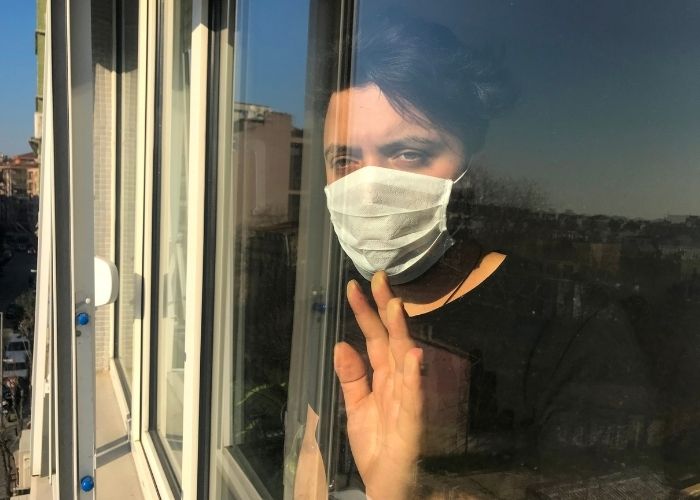MADRID – The Spanish government will soon enter a new pandemic phase with the relaxation of the corona measures. With increasingly favourable figures, the focus of corona policy is shifting to “vigilance and control” among the elderly and vulnerable.
This will put an end to the intensive monitoring of all cases of infection. The covid-19 incidence will be monitored among the over-60s. And also in vulnerable groups such as pregnant women and people with a chronic condition.
No quarantine with no or mild symptoms
When the new strategy comes into effect, the quarantine obligation will lapse. This will be in the event of a symptom-free corona infection. And, furthermore, the isolation obligation will also lapse in the case of minor symptoms. However, the recommendation remains to leave the house only with a facemask in those cases. And also to avoid social contacts and to work from home as much as possible.
Anyone who has tested positive and has a fever or other flu symptoms is urgently asked to stay home until the symptoms have disappeared.
Not there yet
Although the Health Commission has already given the green light for the new strategy, it will not take effect immediately. This only happens when the occupation of hospital beds by Covid-19 patients in regular wards and in the ICU falls under ‘low risk’ at national level. Furthermore, it must be the case in more than half of the autonomous regions and the infection figures show a downward trend for two weeks.
At the moment, the situation in Spain is not far from this. The occupancy rate of hospital beds is currently 5.84%. To fall into the ‘low’ risk category, this must be 5% or lower. In the ICUs, 11.38% is now occupied by covid patients. That percentage has yet to be reduced to between 5% and 10%.
No goodbye to corona pandemic
In addition to the focus on the elderly and the vulnerable, the newly introduced strategy also pays full attention to other aspects that provide information about the development of the coronavirus. For example, the presence of the virus in the sewage water will continue to be closely monitored. This is
in order to detect any new variants as early as possible. Experts are sure that a new variant of the coronavirus will emerge this year or in the coming years. It is therefore not inconceivable that the current strategy, which is aimed at the entire population, will come into effect sooner or later.
No more measures for schools
In the new strategy, no measures will apply to schools and all other workplaces in the event of an infection. However, this does not apply to care homes and other intramural institutions. Special measures will also remain in force here, such as the isolation of infected residents. Employees are not allowed to come to work for the first 5 days after an infection, even if they are free of complaints. Work can only be resumed after five days if a PCR test shows a negative result.
Risk levels only for those over 60
With effect from the new strategy to be implemented, the parameters for the so-called corona traffic light have also been expanded. Only the age category of 60 years and older are considered and the situation is ‘under control’ if there is a maximum of 250 infections per 100 thousand inhabitants. The risk level ‘average’ means that there are between 500 and 1,500 cases of infection, risk level ‘high’ means that there are between 1,500 and 2,500 cases of infection, and ‘very high’ means that there are more than 2,500 people over 60 per 100 thousand inhabitants. received a positive test result.
Related post: Corona pandemic cases continue to drop


